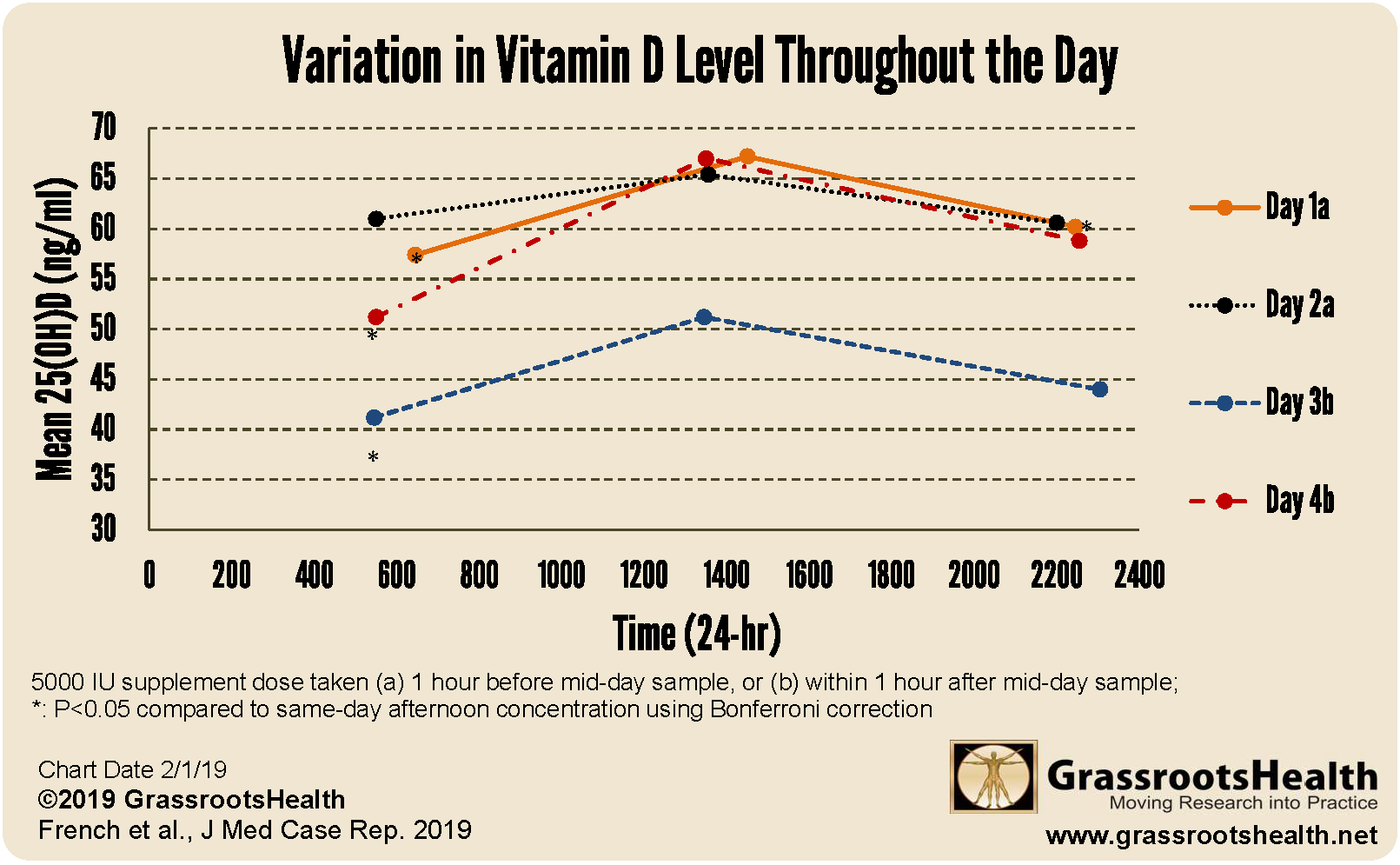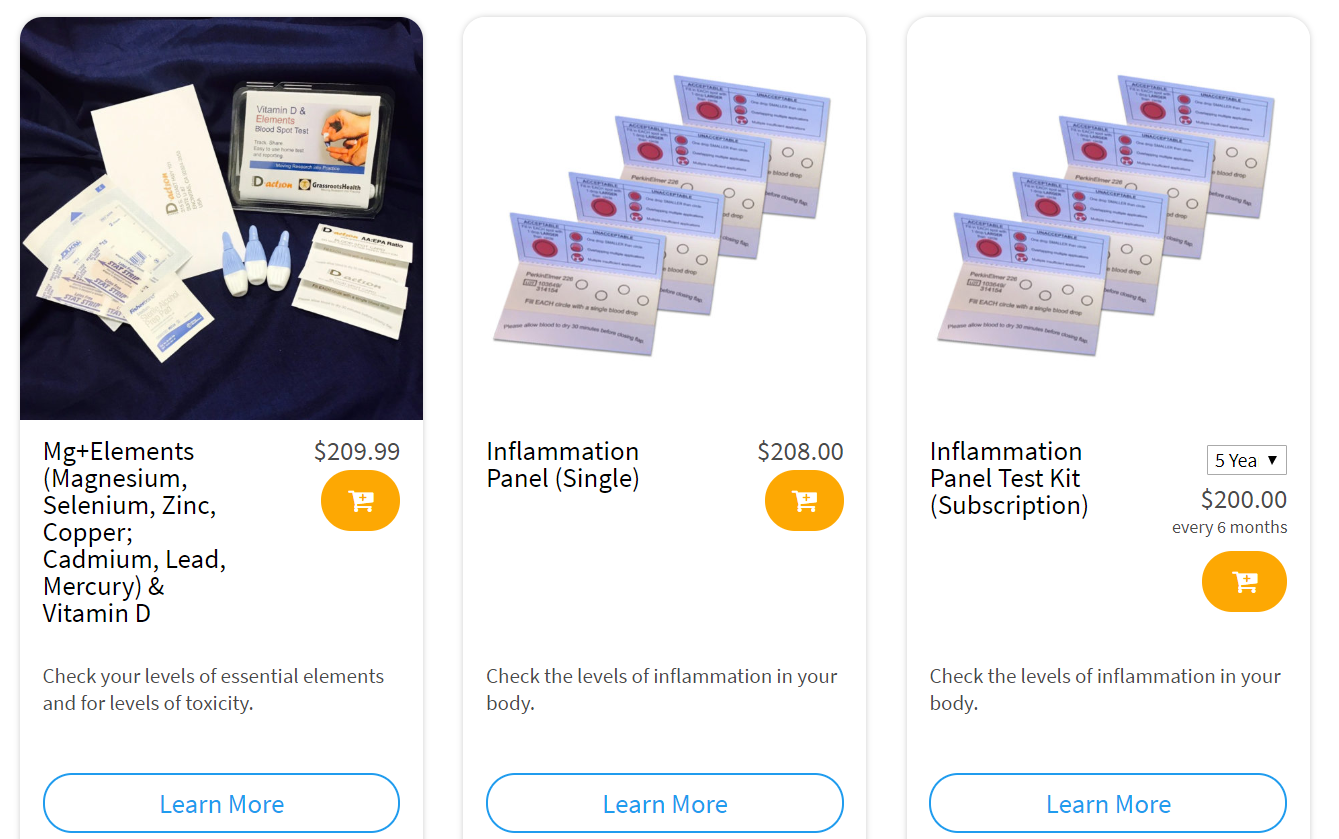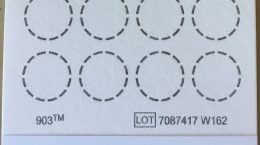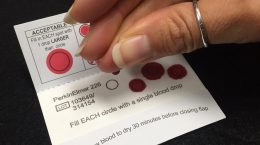Published on October 23, 2019
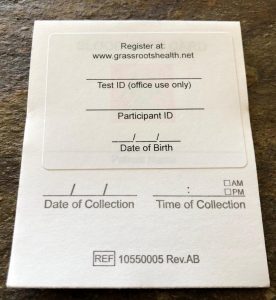 Some of you may have noticed that your vitamin D blood spot cards from GrassrootsHealth now have a place to enter the time of blood collection. Why is this information important?
Some of you may have noticed that your vitamin D blood spot cards from GrassrootsHealth now have a place to enter the time of blood collection. Why is this information important?
Earlier this year (February 2019), a new paper from GrassrootsHealth assessed whether vitamin D levels fluctuate throughout the day and if the timing of the test (before or after supplementation) mattered was published in the Journal of Medical Case Reports. This case study collected vitamin D samples from one individual three times a day, roughly 8 hours apart, on four separate days. At each collection time 5 separate samples were collected and the results were averaged.
What did the study discover?
This study found that mid-day vitamin D levels were approximately 20% higher than morning levels and approximately 13% higher than evening levels (see figure below). Taking a vitamin D supplement before or after testing did not make a difference.
While this was a case study of a single individual designed to detect such a variation, previous studies (here and here) have also noted a variation in vitamin D levels based on time of day.
Interestingly, the study participant experienced a cold during the study and it was discovered that her vitamin D levels were about 25% lower on the day immediately before symptom onset (day 3b in the chart above) compared to other testing days. By the time cold symptoms had passed, two weeks later, the vitamin D levels had returned to match the previous levels.
How does this information affect vitamin D testing?
For individuals tracking their vitamin D levels, it would be best to collect your blood sample at the same time of day to have a consistent measurement over time. Clinical trials should also keep this in mind when testing participants to reduce error from this variability. Additionally, this case study demonstrates how an acute illness can result in a lower than usual vitamin D level even before symptoms appear.
Is your vitamin D level responding as expected to supplementation?
Testing your vitamin D level regularly and taking steps to keep it at a target level of 40-60 ng/ml (100-150 nmol/L) is important for all stages of health. Through GrassrootsHealth Nutrient Research Institute, you can also test your omega-3 status, inflammation levels, and levels of essential nutrients and toxins. Find out your levels today! Log on to the shop (click the link below) to get your tests and see for yourself if your level can be improved.
Make sure you track your results before and after, about every 6 months!
Click Here to Access the Shop Page
How can I track my nutrient intake and levels over time?
To help you track your supplement use and nutrient levels, GrassrootsHealth has created an online tracking system called myData-myAnswers. For each specific supplement, you can track what days you take it, how much, and many other details. This will help you know your true supplemental intake and what patterns of use work for you to reach and maintain optimum nutrient levels. Check it out today!


